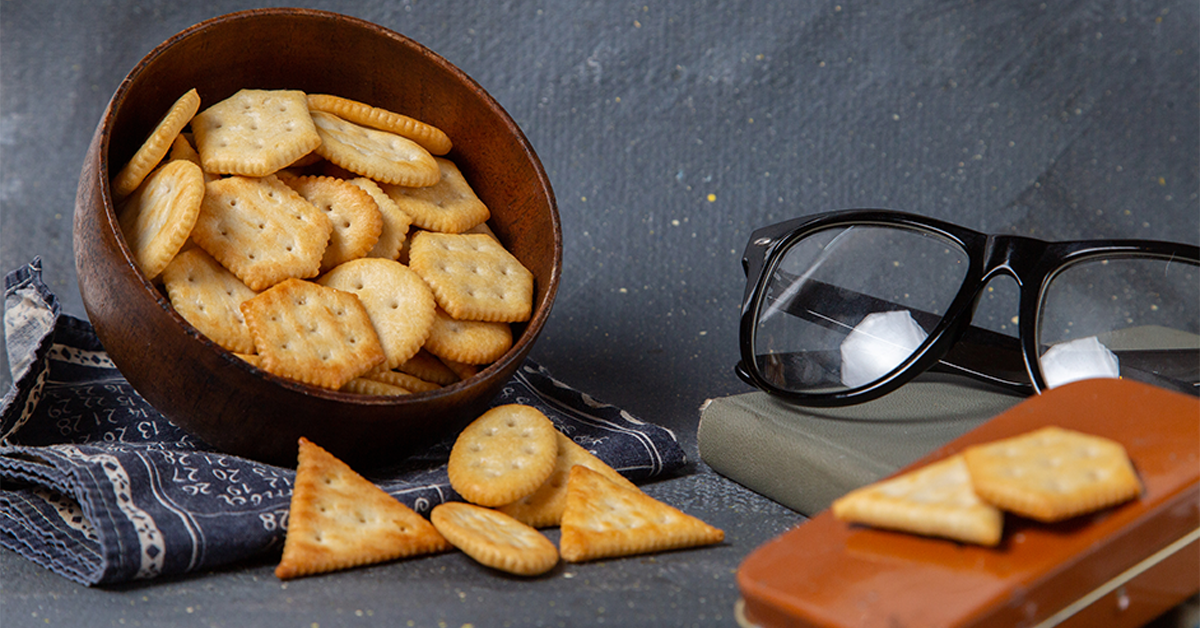The lower trapezius muscle is a crucial part of your upper back, playing a key role in shoulder stability, posture, and overall back strength. Unfortunately, it’s often neglected in many workout routines, leading to muscle imbalances, poor posture, and even pain or injury. This comprehensive guide will explain the importance of the lower trapezius, how to target it effectively with the best exercises, and tips to incorporate these workouts into your routine for maximum results.
TRENDING
Why Is My Thumb Twitching? Causes & Quick Fixes Explained
Understanding The Lower Trapezius Muscle
Before diving into exercises, it’s important to understand what the lower trapezius is and why it matters.
What Is the Lower Trapezius?
The trapezius is a large, triangular muscle that spans across the upper back, from the neck to the mid-back and across to the shoulders. It has three parts: the upper, middle, and lower trapezius.
The lower trapezius is the bottom section of this muscle group. It originates from the thoracic vertebrae and inserts into the scapula (shoulder blade). Its primary functions include:
Scapular depression (pulling the shoulder blades downward)
Scapular upward rotation (rotating the shoulder blade upward)
Stabilizing the scapula during arm movements
Why Is the Lower Trapezius Important?
A strong and well-functioning lower trapezius helps maintain good posture by pulling your shoulder blades down and back, preventing the common “rounded shoulders” posture. It also supports proper shoulder mechanics, reducing the risk of shoulder impingement, neck pain, and upper back discomfort.
Weakness or tightness in this muscle can contribute to:
Poor posture
Shoulder instability and pain
Limited range of motion in the shoulder joint
Overcompensation by other muscles, leading to imbalance and injury
Strengthening the lower trapezius should be an essential part of any back or shoulder training program.
How To Target The Lower Trapezius In Your Workout
Many common back exercises primarily engage the upper and middle trapezius or other surrounding muscles, so specific focus on the lower traps is needed.
Key Principles for Lower Trapezius Activation
Focus on scapular depression and upward rotation
Use controlled movements to avoid upper trap dominance
Prioritize exercises that involve pulling the shoulder blades down and together
Incorporate both bodyweight and weighted exercises for balance
Top Exercises To Strengthen The Lower Trapezius
Here are some of the best exercises designed to activate and strengthen the lower trapezius.
Prone Y Raises
One of the most effective exercises for isolating the lower trapezius.
Lie face down on a bench or the floor.
Extend your arms overhead in a Y position with thumbs pointing up.
Lift your arms and chest slightly off the ground while squeezing your shoulder blades down and together.
Hold for a second at the top, then slowly lower.
Perform 3 sets of 12-15 reps.
Scapular Pull-Ups
A great way to target the lower traps by focusing on scapular movement without engaging the arms too much.
Hang from a pull-up bar with an overhand grip.
Without bending your elbows, pull your shoulder blades down and together, lifting your body slightly.
Hold briefly, then release.
Aim for 3 sets of 8-10 reps.
Face Pulls with External Rotation
Face pulls strengthen the lower traps and the rotator cuff muscles.
Attach a rope handle to a cable machine at head height.
Pull the rope toward your face, keeping elbows high and squeezing your shoulder blades down and back.
Rotate your hands so your thumbs point behind you at the end of the movement.
Do 3 sets of 12-15 reps.
Wall Slides
A simple but effective exercise to activate the lower trapezius while improving shoulder mobility.
Stand with your back against a wall, feet about 6 inches away.
Flatten your lower back and press your arms against the wall in a goalpost position.
Slowly slide your arms upward, maintaining contact with the wall.
Focus on squeezing your shoulder blades downward as you raise your arms.
Perform 3 sets of 10-12 reps.
Dumbbell or Cable Scapular Retractions
Isolate scapular movement with this controlled retraction exercise.
Hold dumbbells or cable handles at your sides.
Without bending your elbows, pull your shoulder blades back and down.
Pause, then slowly release.
Aim for 3 sets of 15 reps.
Incorporating Lower Trapezius Workouts Into Your Routine
How Often Should You Train the Lower Trapezius?
For best results, include lower trapezius exercises 2-3 times per week. Since these muscles support posture and shoulder function, consistent training improves muscle endurance and strength over time.
Warm-Up and Mobility Work
Before training, perform dynamic stretches and mobility drills focusing on the shoulders and thoracic spine. This preps the muscles and joints for activation.
Combine with Full Back Training
While focusing on the lower traps, don’t neglect the other parts of your back and shoulder muscles. Incorporate compound movements like rows, deadlifts, and pull-ups to maintain balanced development.
Benefits Of Strengthening The Lower Trapezius
Improved Posture
Strengthening the lower trapezius helps pull the shoulders back and down, counteracting slouching and rounded shoulders common in desk-bound lifestyles.
Enhanced Shoulder Health
A strong lower trap stabilizes the scapula during arm movements, reducing the risk of shoulder impingement, rotator cuff injuries, and neck pain.
Better Athletic Performance
For athletes, especially those involved in overhead sports like swimming, tennis, or baseball, a well-conditioned lower trapezius contributes to more efficient and powerful arm movements.
Reduced Upper Back and Neck Pain
Balanced shoulder girdle muscles alleviate strain on the neck and upper back, easing chronic pain associated with muscular imbalances.
Tips For Maximizing Lower Trapezius Workouts
Focus on form over weight: It’s more effective to do lighter exercises with proper scapular movement than heavy lifts with poor form.
Avoid upper trap compensation: If you feel tension in your neck or upper traps, reduce the weight or adjust your technique.
Use mind-muscle connection: Visualize your shoulder blades moving down and together during exercises.
Progress gradually: Start with bodyweight or light resistance and increase intensity over weeks.
Stretch tight muscles: Tight chest and upper traps can limit lower trapezius activation; incorporate stretches to keep muscles balanced.
ALSO READ: Humidifier vs Dehumidifier: Key Differences & Best Uses Explained
FAQs
What is the lower trapezius muscle?
The lower trapezius is the lower part of the trapezius muscle located in the mid to lower upper back. It helps pull the shoulder blades downward and rotate them upward, playing a key role in posture and shoulder stability.
Can strengthening the lower trapezius improve posture?
Yes! Strengthening the lower trapezius helps counteract rounded shoulders by pulling the scapula down and back, which improves overall posture and reduces forward shoulder slump.
How often should I train my lower trapezius for best results?
For optimal gains, train the lower trapezius 2 to 3 times per week. This frequency allows muscle recovery while building strength and endurance effectively.
Are lower trapezius exercises safe for people with shoulder pain?
Generally, yes, but it depends on the specific condition. Exercises like wall slides and scapular retractions are low-impact and can improve shoulder mechanics. However, consult a healthcare professional before starting if you have shoulder injuries.
How do I avoid overusing my upper traps during lower trapezius workouts?
To avoid upper trap dominance, focus on controlled movements, avoid shrugging your shoulders, and keep your neck relaxed during exercises. Using lighter weights and emphasizing scapular depression can also help target the lower traps more effectively.











